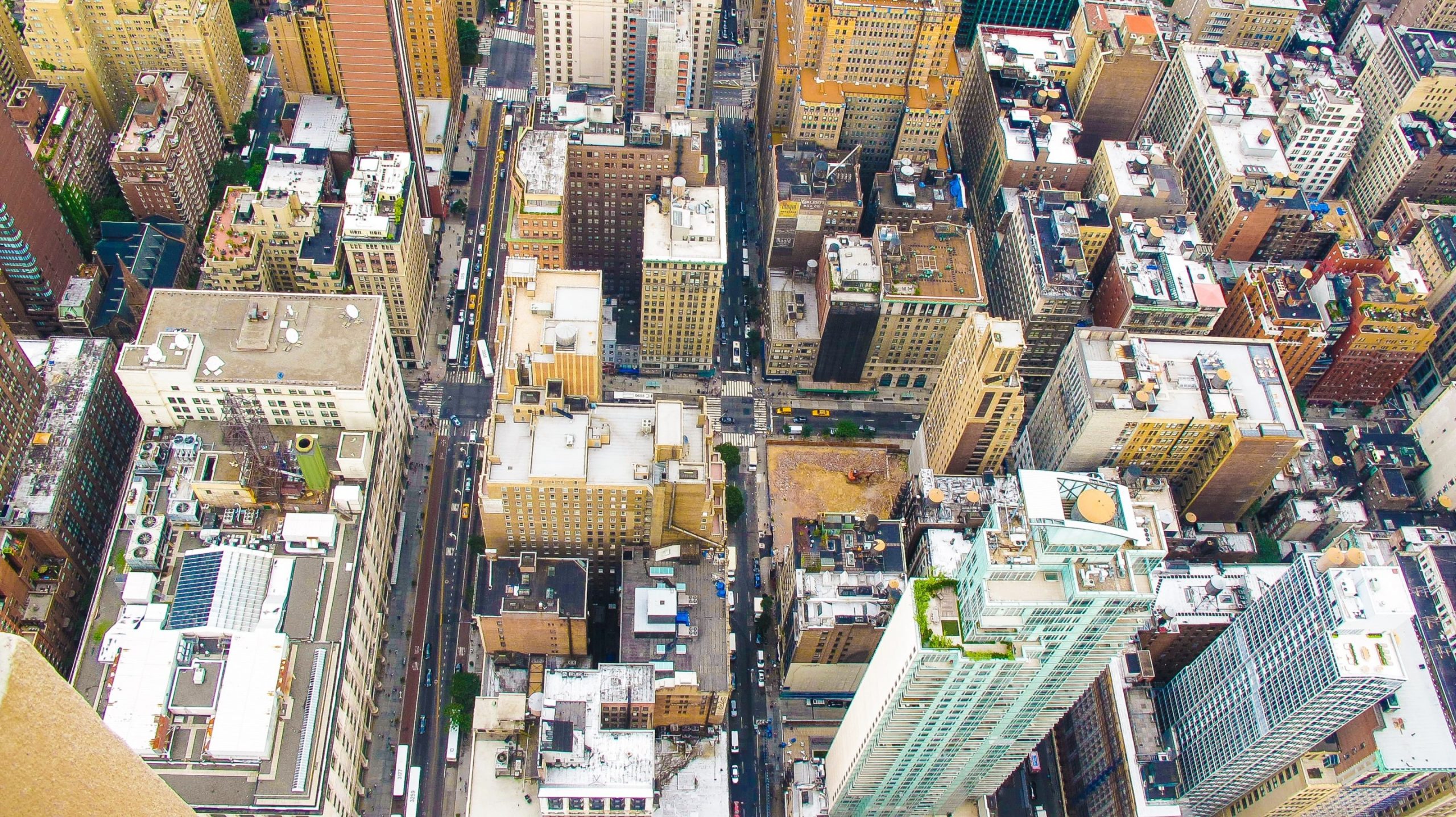It’s a well-known fact that buildings painted lighter colors reflect more light: it’s what made New York City’s plan to combat the urban heat island effect and lower cooling bills by painting roofs white so effective. Now, scientists have discovered a “whitest-white” paint that reflects 95.5 percent of light, a potential boon for passive cooling solutions.
While typical commercial white paints max out at about 80-to-90 percent reflectivity, the paint revealed in the journal Cell Reports Physical Science on October 21, as mentioned, has the potential to make them even more efficient. The secret was the use of ground calcium carbonate particles as a paint filler instead of the industry-standard titanium dioxide. Aside from the superior mechanical properties, calcium carbonate, found naturally in everything from chalk to seashells to eggs, is also much cheaper and it’s likely a final product would cost less than what’s on the market today. The material’s usage would also be compatible with modern paint production methods.
“Our paint is compatible with the manufacturing process of commercial paint, and the cost may be comparable or even lower,” Xiulin Ruan, a professor at the School of Mechanical Engineering at Purdue University in Indiana and the study’s lead author, told ScienceDaily. “The key is to ensure the reliability of the paint so that it is viable in long-term outdoor applications.”
“This paint may even be used to combat climate change since it rejects sunlight and radiates heat into space,” he added.
Obviously, rooftops would be a prime application site for whitest-white paint (researchers found that painted areas were, on average, 18 degrees Fahrenheit cooler than unpainted patches left in the sun while testing in West Lafayette, Indiana), along with walls exposed to natural light throughout the day. However, it’s important to note that while white paint mitigates the need for air conditioning in the summer, it can also require more heating in the winter, and might preclude the installation of solar panels on a roof where they would fit better.
Aside from the obvious uses, because the whitening particles used in the new paint are non-metallic, it could feasibly be also used to help protect outdoor transmission equipment from overheating. Ruan has speculated that it could one day cover everything from cars to data centers. That is, if the next round of tests, to ensure the paint’s long-term durability in the face of ultraviolet radiation and everyday outdoor weather are successful.
Top image: Many New York City rooftops have already been painted white, and the effort has gone a long way towards cutting down on the urban heat island effect. (Vincenzo Di Giorgi/Unsplash)
